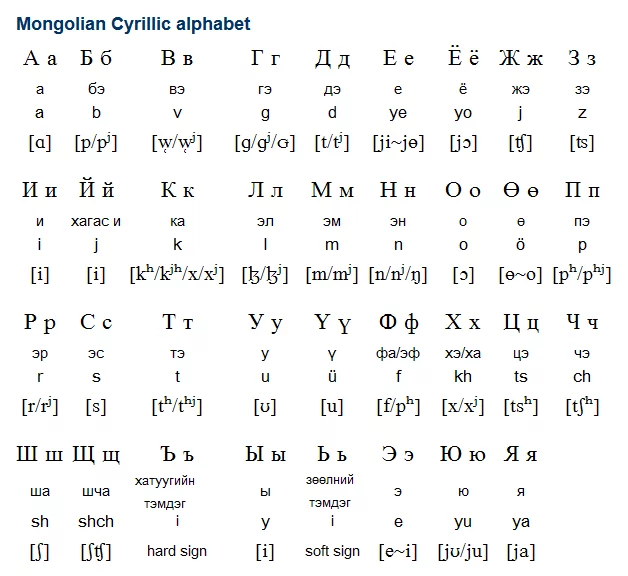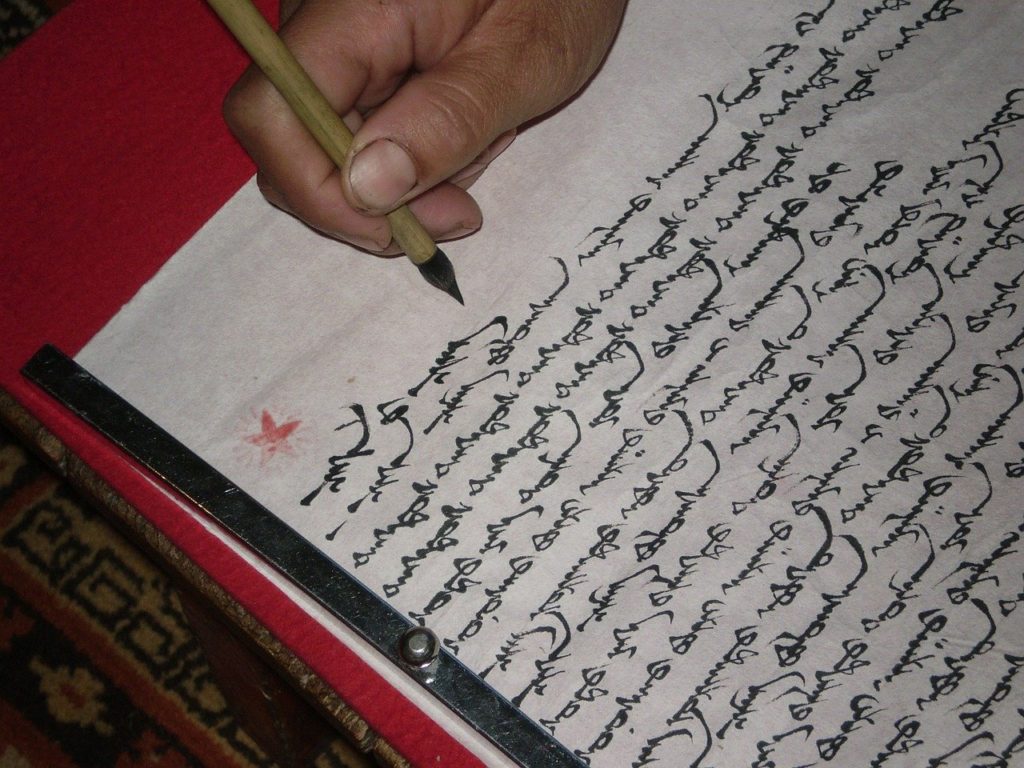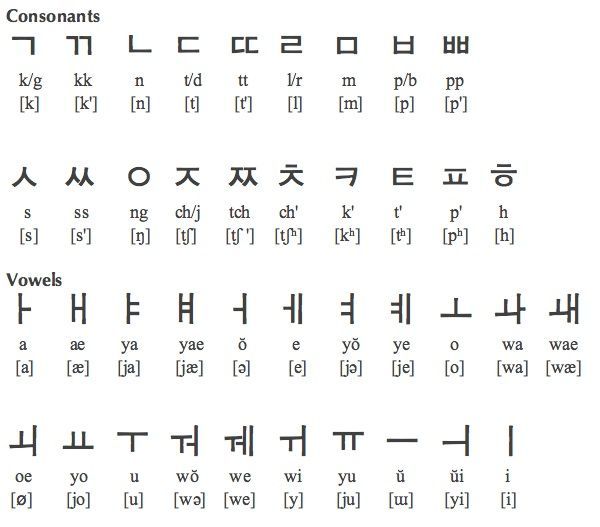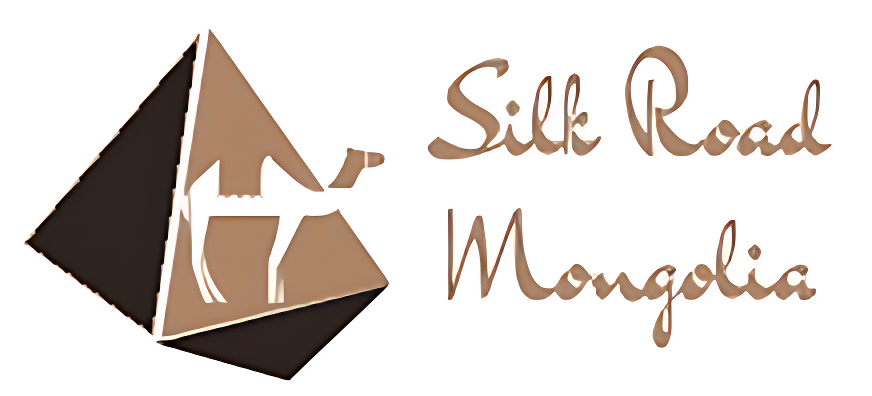Blog
Is Mongolian Language Similar to Korean?
In a lot of my youtube videos, people mention how Mongolian and Korean have similar guttural sounds. Most commonly people say Mongolian sounds like a mix of Turkish, Korean, and Russian weirdly enough.
However, are they really related, and do they sound similar?
In short, as a native speaker, yes there can be some elements between Mongolian and Korean that can be similar to each other. I find the breathy sound that Mongolian and Korean have to be somewhat similar. Also, Mongolians and Koreans supposedly learn the grammar and sentence structure of each language well and Koreans say Mongolians pronounce Korean words quite well and have decent accents.
Where does Mongolian language originate from?
Khalkha Mongolian is the official language of Mongolia, where it is spoken by about 3 million people. However, there are also significant Mongolian-speaking communities in Russia, China, and other countries in Central Asia.
The Mongolian language belongs to the Mongolic language family, which also includes languages like Buryat and Kalmyk. The Mongolic languages are thought to have originated in what is now southern Siberia
One common debunked theory of origin is the Altaic language theory suggests that the Turkic, Mongolic, Tungusic, Korean and Japonic languages share a common ancestor. This theory was first proposed in the 18th century and has been the subject of much debate ever since. The primary piece of evidence cited in support of the Altaic theory is the presence of similar words in these various languages. However, critics point out that there are also many dissimilarities between these languages, making it unlikely that they share a common origin. The Altaic language theory remains a controversial topic among linguists.
Where does Korean originate language from?
Korean is a language spoken by over 80 million people in North and South Korea, China, Japan, and Russia. It is a member of the Koreanic language family, which also includes languages such as reticulated Korean and Jeju Korean.
The exact origins of the Korean language are unknown, but it is thought to have developed from a proto-Koreanic language around 2,000 BCE. The earliest known Korean writing dates back to the early 4th century BCE, and includes the Hanja script which was imported from China. Korean has undergone considerable changes over the centuries but remains largely intelligible with modern Standard Korean. With its rich history and unique structure, Korean is an intriguing language for linguists and laypeople alike.
Differences between alphabet

The Mongolian Cyrillic alphabet is the writing system used for the Mongolian language. It is based on the Cyrillic script and was officially adopted in 1941. The Mongolian Cyrillic alphabet consists of 35 letters, including 13 vowels, 20 consonants, and 2 sign letters.

Or you have the traditional script which was borrowed from Uyghurs. Overall, Mongolian writing system is significantly different from Korean.

The Korean alphabet, known as Hangul, is one of the most unique and efficient writing systems in the world. Unlike most alphabets, which are based on the sound of spoken language, Hangul was designed to be an easy and logical way to write Korean. The alphabet consists of 24 letters, arranged in syllable blocks. Each block represents a syllable sound, and they can be combined to form any word in the Korean language. The Hangul alphabet was invented by King Sejong the Great in 1446, and it quickly became popular among the Korean people. Today, hangul is still used extensively in Korea, both in North and South Korea.
Korean and Mongolian Grammar
Korean grammar is not as complicated as it may seem at first glance. In fact, the basic rules are fairly straightforward and easy to learn. The hardest part is mastering the many different verb endings, which can vary depending on the tense, mood, or level of politeness.
Mongolian grammar consists of using a root word, which can be expanded to mean different things in different variations of tenses. It’s a straightforward language without moods or politeness affecting grammar.
The overall logic and framework of how grammar work for Korean and Mongolian are different.
Mongolian and Korean sentence structure
Mongolian and Korean both use SOV sentence structure, so it’s easy to follow along any movies or music with subtitles.
In a sense, it will be easy to memorize vocabulary and words with the use of subtitles.
Pronunciation and sound similarity
People say Korean and Mongolian share a lot of breathy sounds and similar sounding vowels.
However unlike Korean, Mongolian has very harsh and guttural sounds that are more similar to Turkish, Kazakh, Kyrgyz. Also Mongolian has hard KH and rolling RR sound which Korean does not have.
In spite of some differences, Mongolians do learn Korean quite well with decent pronunciation and accent based on first-hand experience with Koreans.
So how similar are they?
Untrained ears may mistake Korean and Mongolian as sounding similar, and while they both may have the same loan words here and there, and similar vowel/breathy sounds with similar sentence structure, someone who has experience with traveling around Asia will be able to easily tell Korean and Mongolian apart based on how they sound.
Korean and Mongolian are of different language groups, so from a linguistic standpoint, they are different from each other. They both have different alphabets and grammar frameworks. While a Turkish and a Siberian Yakut OR a Frenchman and Spaniard may understand each other a little bit based on similar language origins, a Mongolian and a Korean won’t be able to understand each other at all.
But what do you think? Here is a comparison between Middle Korean and Middle Mongolian (Oirat and Kalmyk are very similar to older Mongolian language) side by side from 500-600 years ago.
